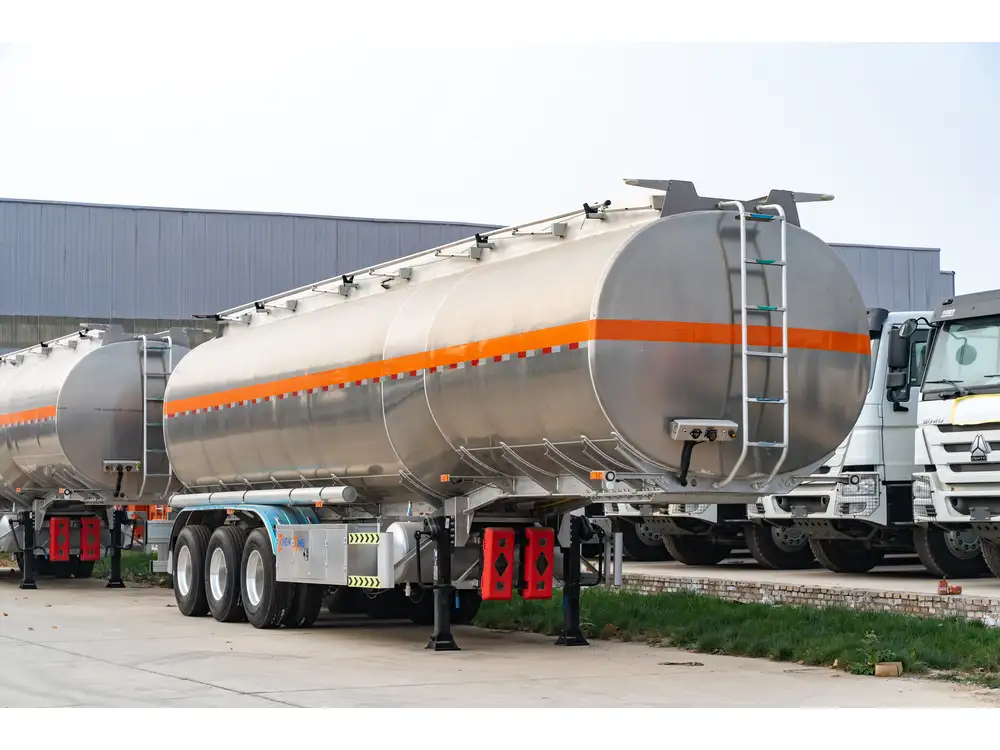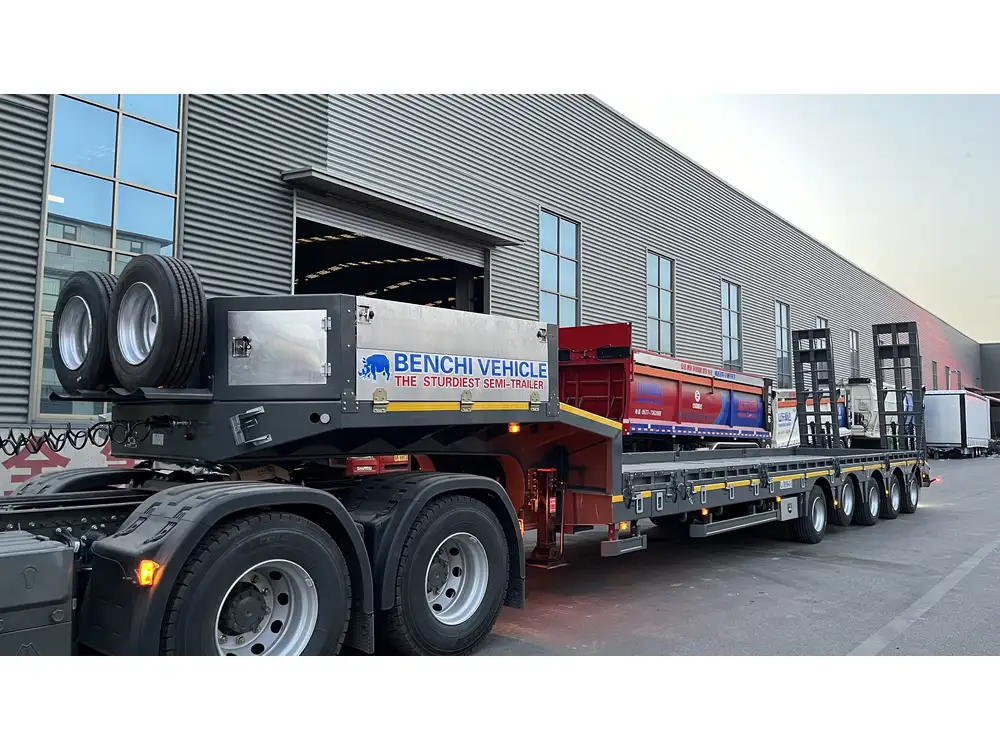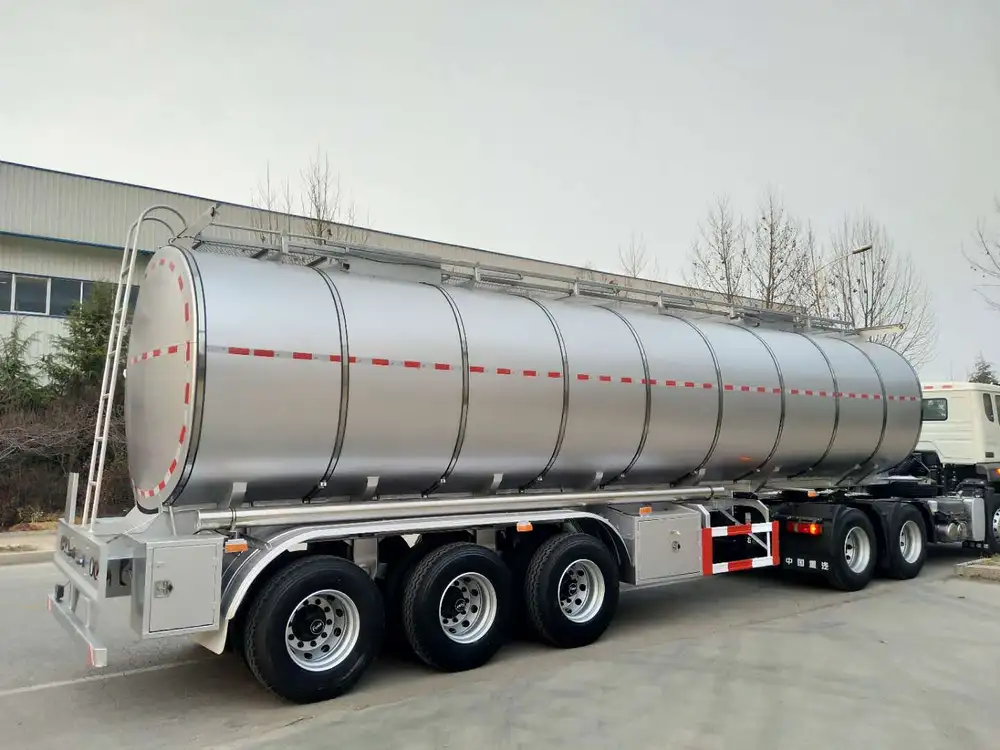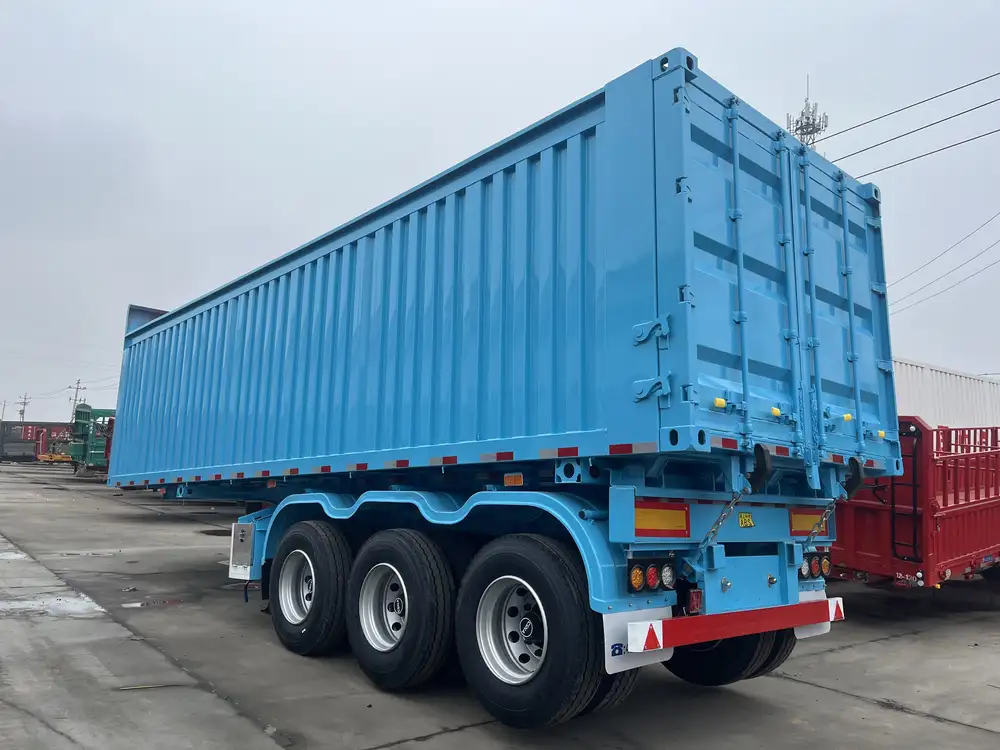Maintaining a clean and efficient trailer holding tank is paramount for any trailer owner. A well-maintained tank ensures hygiene, prevents unpleasant odors, and prolongs the lifespan of your trailer. This comprehensive guide will provide you with detailed methods and strategies on how to clean your trailer holding tank effectively.
Understanding Trailer Holding Tanks
What is a Holding Tank?
A holding tank is a waste management system that collects sewage and wastewater from trailers. The waste stored in these tanks needs to be managed appropriately to ensure safety and hygiene.

The Importance of Cleaning Holding Tanks Regularly
Neglecting to clean your holding tank can lead to a myriad of issues, including:
- Odor Issues: Accumulated waste can produce foul odors, uncomfortable for occupants and visitors.
- Blockage: A build-up of waste materials can lead to clogging, causing serious, costly repairs.
- Health Hazards: Bacteria and pathogens can thrive in stagnant waste, posing health risks.
- Environmental Concerns: Improper disposal can harm the environment, which is illegal in many jurisdictions.
Essential Equipment for Cleaning
Before embarking on your tank-cleaning journey, gather the necessary tools and equipment:
| Equipment | Purpose |
|---|---|
| Protective Gloves | Prevent direct contact with waste |
| N95 Mask | Protect against fumes and bacteria |
| Washbrush | Scrub tough residues |
| Hose | Rinse the tank |
| Holding Tank Cleaner | Breaks down solid waste |
| Odor Eliminator | Neutralizes unpleasant smells |
Step-by-Step Process to Clean Your Trailer Holding Tank

Step 1: Choose the Right Location for Cleaning
Select an appropriate area for cleaning your holding tank. It is advisable to do this outdoors or at designated waste disposal facilities to prevent spillage in residential areas.
Step 2: Prepare for Cleaning
- Wear Protective Equipment: Ensure that you’re wearing the gloves and mask to protect yourself from hazardous waste.
- Release Tank Contents: Connect your trailer to an authorized waste disposal system or a dump station. Open the valve slowly to prevent spillage.
Step 3: Flush the Tank
Once the tank is empty:
- Fill with Water: Using a hose, fill the tank with fresh water.
- Add Holding Tank Cleaner: Introduce an appropriate amount of cleaner as per the product instructions.
- Agitate the Tank: Drive the trailer slightly or rock it back and forth to ensure that the cleaner interacts with the interior surfaces effectively.

Step 4: Scrub the Interior
If your tank is accessible:
- Use a Washbrush: Carefully scrub the interior surfaces to remove any stubborn stains or residues.
- Pay Attention to the Corners: Waste tends to collect in corners and may require extra effort to clean.
Step 5: Rinse Thoroughly
- Rinse the Tank: Use the hose again to rinse out the tank thoroughly until the water runs clear.
- Check for Residue: Ensure that no soap or cleaning solution remains in the tank before sealing it.
Step 6: Replacement and Odor Treatment
- Replace the Cap: Ensure that the valve is securely fastened.
- Add Odor Eliminator: Pour an odor-neutralizing solution to prevent unpleasant smells before the next use.

Preventative Maintenance Tips
1. Regular Cleaning Schedule
Establish a routine cleaning schedule based on the usage of your trailer. Every three to four weeks is often recommended for frequent users.
2. Use of Safe Additives
Always choose environmentally friendly and safe holding tank treatments. These not only help in breaking down waste but also in eliminating odors without harming the environment.

3. Monitor Tank Levels
Keep an eye on the tank’s level indicator. Regular monitoring will help avoid overfilling and potential disasters.
4. Inspect for Damage
Regularly inspect the tank and connecting pipes for leaks or damage. Early detection of issues can save significant repair costs later.
Common Challenges and Solutions

Issue 1: Persistent Odors
Solution: If odors persist, check the seals on your tank and valves for leaks. Ensure that you’re using the right additives and not overfilling the tank.
Issue 2: Clogged Tank
Solution: If you encounter a clog, use a specialized drainage tool or auger designed for holding tanks. Avoid chemical drain cleaners as they can damage the tank material.
Issue 3: Waste Accumulation
Solution: Adopt a more rigorous cleaning schedule if waste accumulates faster than expected, possibly due to improper disposal of waste materials like non-biodegradable items.

Environmental Considerations
Cleaning your holding tank not only supports personal hygiene but also aligns with environmental responsibility. Improper disposal methods can lead to contamination of land and water resources. Always prioritize:
- Disposing of Waste Responsibly: Only dispose of waste at authorized dump stations.
- Using Eco-Friendly Products: Fire best practices by using biodegradable cleaners.
Frequently Asked Questions (FAQs)
How Often Should I Clean My Holding Tank?
The frequency of cleaning depends on usage. For light users, cleaning every few months may suffice, while heavy users may require monthly cleanings.

Can I use regular household cleaners?
Avoid using household cleaners as they can harm the tank’s sanitation system. Always choose products specifically designed for trailer holding tanks.
What should I do if I spill waste during cleaning?
If you spill waste, immediately clean the area with a disinfectant to minimize odor and health risks. Dispose of waste materials properly following your local waste disposal regulations.
Is it necessary to clean the toilet as well?
Absolutely. A clean toilet ensures hygiene and reduces the risk of clogs. Regular flushing with appropriate treatment will help maintain cleanliness.

Conclusion
Understanding how to clean your trailer holding tank effectively ensures a safer, more enjoyable experience whenever you use your trailer. By following the detailed steps and utilizing the correct equipment, you promote hygiene, protect your investment, and take proactive measures against common issues associated with waste management.
Adhering to a routine maintenance schedule, employing eco-friendly products, and addressing potential problems as they arise will allow you to enhance your trailer ownership experience significantly. Happy travels with a clean and efficient holding tank!



